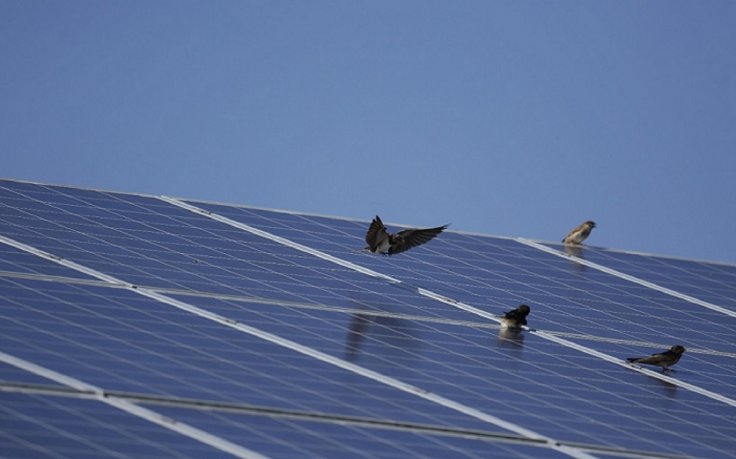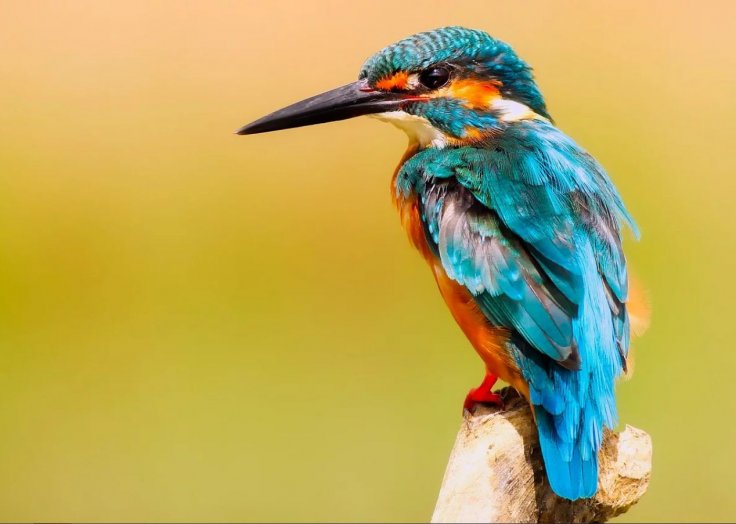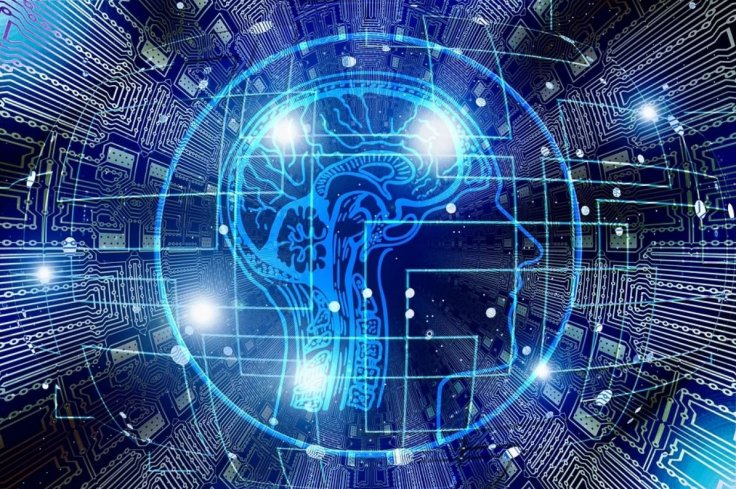In the U.S. alone, thousands of birds are killed at solar farms every year. Since solar power is considered to be clean, no one knows why utility companies find thousands of bird carcasses. It also takes away the 'environment-friendly' tag. Thus, researchers are dedicating resources to develop an artificial intelligence-powered bird watcher to understand why do so many birds die.
Solar power has around 2.5 percent of market share in the energy sector in the U.S. But with its expected rapid growth in the light of supposed climate change, the number is only going to grow. The aim is to switch to 100 percent renewable energy and solar will take a big chunk of it.
The Bird Problem
Since it is important to understand the bird problem, a few solar companies, academics and environmental organizations formed the Avian Solar Working Group to understand and reduce the death of birds at solar farms in the U.S.

The group conducted a study in 2016 and estimated that around 140,000 birds are killed annually but the data might not be accurate as no solar farm can dedicate an employee to watch birds die. The estimated number is just a fraction of avian deaths if fossil-fuel power plants and house cat attacks are taken into account.
A study found out how many birds are killed every year by domesticated cats and the number is astonishing at any figure ranging between one and four billion birds per year.
But deaths in solar farms remained a mystery. One theory suggests that birds probably misunderstand the solar panels' glare as a water body and swoop to land, only for crashing to death. But Sporer says more data is required to understand if that is the case.
The AI Solution
Since every problem nowadays is met with an AI solution, the research group also wants to deploy one such platform to study the deaths at a large-scale solar farm somewhere in the U.S. Earlier this year, Argonne National Laboratory received a $1.3 billion contract to develop an AI platform dedicated to research on the subject.

"The important thing is to reduce solar's environmental impact in every form. These avian issues are a concern and something that the renewable energy industry wants to understand and mitigate," Yuki Hamada, Argonne's lead a biophysical scientist, told Wired.
Limitations of AI
Although AI is made for such work, implementing the system will be a tough ask. The main task is to teach the AI platform or machine learning algorithm to recognize every kind of bird. Those avian creatures come in different shapes, sizes and colors. Thus, the AI must understand the concept of birds and its features to reliable identify them at solar farms.
Adam Szymanski, who is leading the development of the project at Argonne, has an idea. In a different project, he designed an AI model to detect small drones in the air. But such small drones don't have wings to flap and Szymanski will need to teach the algorithm through pictures of thousands and millions of birds so that it can identify birds.
He says the machine-vision software grew out of his work on another project that was designed to automatically detect small drones in the air. Hobby drones don't have wings to flap or legs that strut, so teaching an algorithm what a drone looks like is relatively straightforward. But repurposing the algorithm to detect birds will require the Argonne team to meticulously label birds in thousands of images so that they can be used as training data for the algorithm.

Hardware Challenges
If the AI-powered software part is sorted, the next challenge is installing such hardware or cameras. Solar farms are generally installed in remote places with no internet or low bandwidth and even electricity. So, it has to run on a battery with its own solar power. In addition to that, it has to be power-efficient as the machine will analyze the vast amount of data with no data centers around.
To overcome that, the Argonne team is utilizing the already developed vehicular and pedestrian monitoring platform Boulder AI. Its small camera system is developed for data processing on-site. At present, the team is collecting data from cameras set up at two solar farms. They will use the birds' images to train the AI model.









